The evolution of natural hair color in recent years has been so rapid that we can now find practically all the products that make up our beauty routine in a ‘clean’ version. In the field of hair care, it is easy to find a whole range of firms and articles made entirely with ingredients of organic origin, this being perhaps one of the fastest-growing areas. However, there is still a pending (or semi-pending) subject: coloration.
Hair coloring has always been governed by the use of chemicals that manage to secure the dye in the hair, but at the cost of, on many occasions, damage to the hair, in addition to the contaminants that these types of products result from. So it is clear that the different brands that claim the use of natural cosmetics were going to look for alternatives to traditional methods, but contrary to what has happened with shampoos, conditioners, masks, or even serums until now the attempts have not been as successful. Especially in the home field, there are few brands that have achieved great effects when it comes to dyeing hair, although there are some that have begun to stand out.
But, as we anticipated, it is in the professional field where we can find new organic hair color techniques that do not require chemicals, being the beauty salon the safest place to guarantee that the result will be as expected. . The question that still remains is whether this type of natural dye really achieves the same effect as the traditional ones. Shall we compare?
Organic hair color vs. chemical coloring
While mud or henna techniques are often used as an alternative to home coloring, in specialized centers the color bath was, until now, the most popular option. However, and taking into account what experts explained, it is not surprising that the new mineral or natural Hair colour techniques are gaining more fame, given that their results are the most similar to those of traditional dyes. However, there are some differences, the most important being the fact that ” in no case can the hair be bleached, only providing pigments, so it completely covers gray hair but the natural base remains the same”, explains the expert from one of the centers where we can find this type of coloration.
“The chemistry uses peroxide to open the cuticle and allow the pigments to penetrate, significantly sensitizing the hair. Natural coloring superimposes the pigments on the hair and although it is not as aggressive, it must be remembered that they also dry out the hair fiber; the product settles on the fiber and the effect is one of saturation of the pigments.”
Drawbacks?
It is clear that this type of Hair colour offers many advantages, especially since it does not require any kind of chemicals, but natural hair color also has some small drawbacks. The first of these is that ” exposure times are much longer and heat is even added so that the pigments settle on the hair fiber”, explains experts, which requires at least two hours to complete the treatment. On the other hand, they point out that ” its durability is somewhat less and in no case can the hair be bleached”, so, since we cannot lighten the base, we will always work from our natural tone as a starting point.

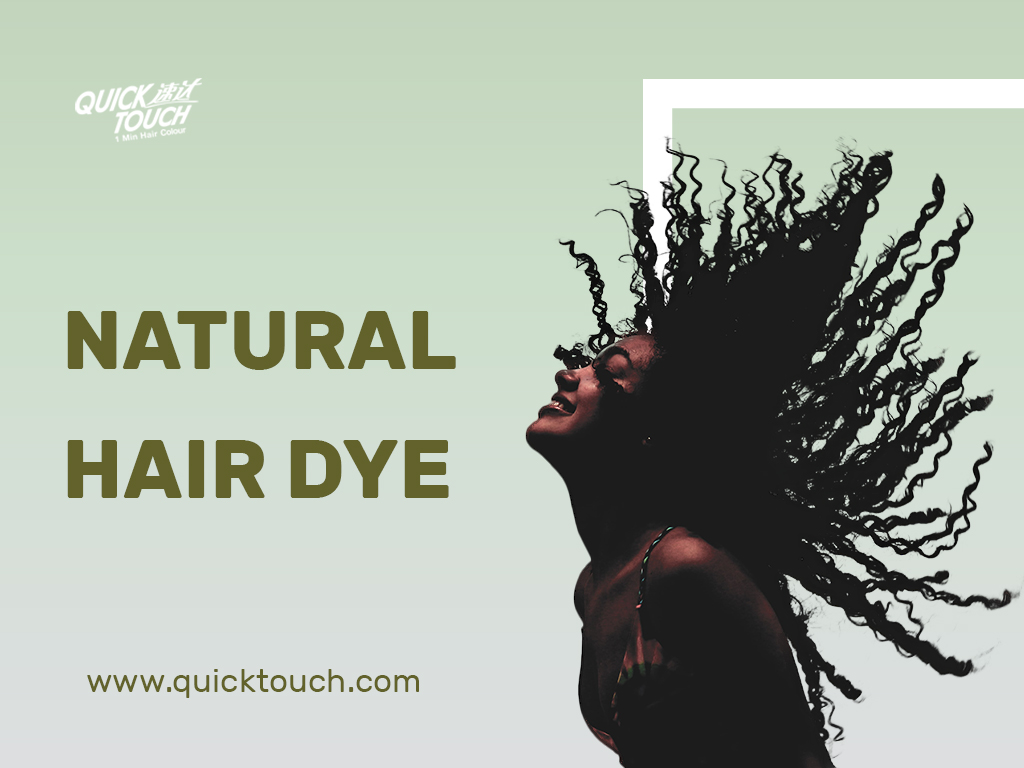
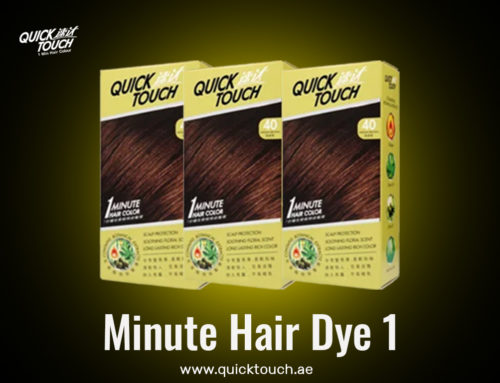
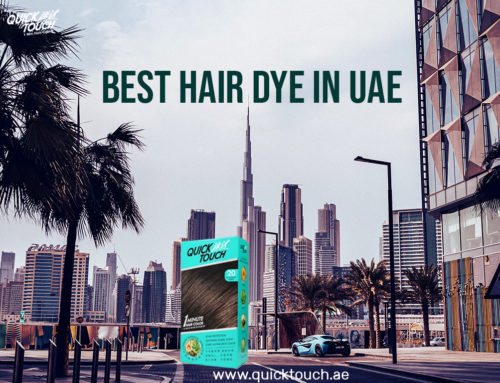
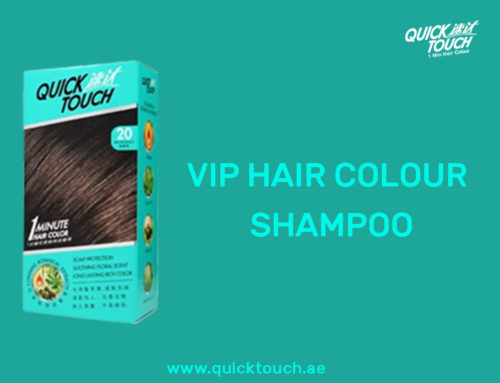
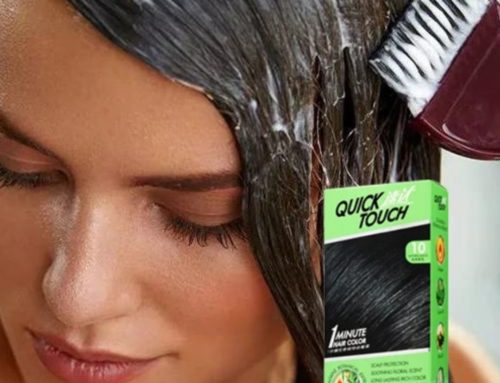
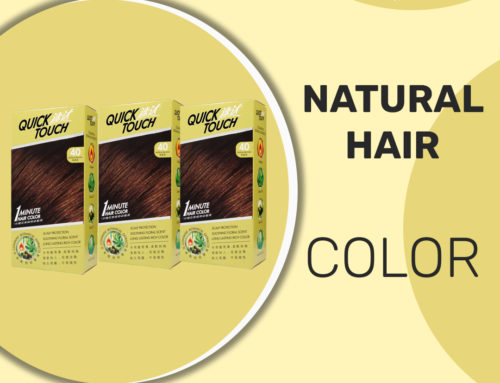
Leave A Comment